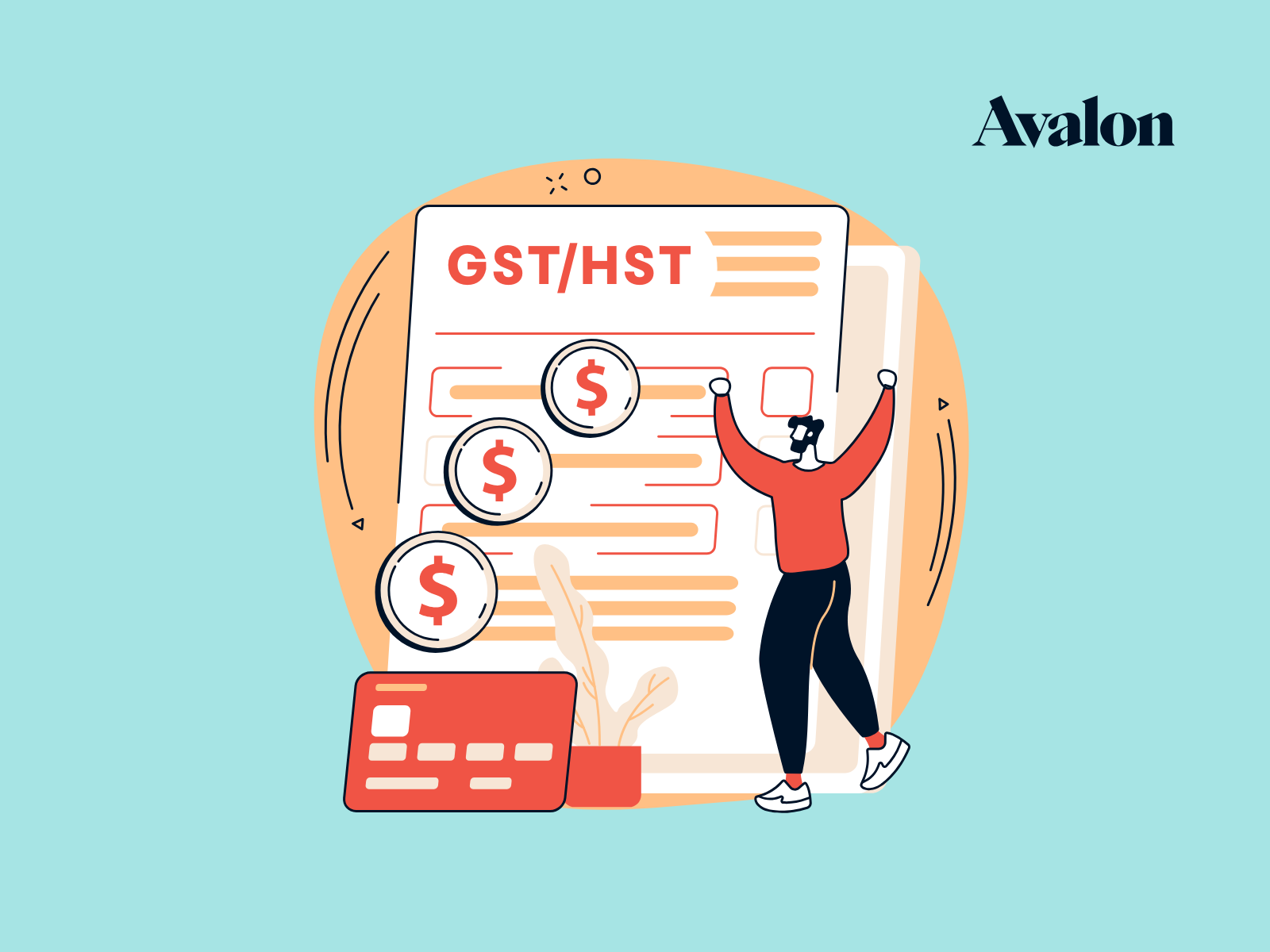Begin With the End In Mind
When deciding what system to use for bookkeeping and accounting, it’s good to start with the end in mind. Here’s a list of questions you might ask yourself:
- Are you only trying to stay compliant (i.e. file all your taxes on time)?
- Do you plan to use the system to do invoicing?
- Are you going to be looking at and comparing your numbers?
- Are you going to grow?
- Do you have specific applications you would like to connect to your system (inventory, e-commerce, etc)?
- Do you mind spending a bit of cash up front for a system that lasts longer?
We generally see startups and small business owners fall into one of three categories:
- Simple compliance: Want the simplest and cheapest solution to stay compliant
- A Few Bells & Whistles: Want a little more functionality, such as invoicing and reports, but don’t need many bells and whistles
- Long term solution: Want a system that has robust reporting and app connectivity and will grow with them
We don’t value one of these over the other and I won’t try to convince you to move up the levels here. I will say this: if you have not set up a separate business bank account and credit card, your system efforts will be in vain. Do it. Do it now. Dooooooo iiiiiiiiiiit.
These are just examples for each type. There are a lot of options out there and this is not a software comparison post - do your research before committing to a solution!
Simple and effective: Google Sheet
If you are looking to stay compliant only (i.e. keep things organized for tax purposes), our is likely all you need. You can pull the transactions from your separate business bank account and credit card, copy and paste them in there, categorize and you are pretty much done.
Pros: Free, simple
Cons: No reporting or invoicing options and no automation
Other solid options: Excel or just search Google for a bookkeeping template.
Welcome to the Cloud: Wave
For a little more automation, reporting and invoicing capability at a still-free cost, you could sign up for Wave (). You can link up your bank feeds and categorize. It’s good to do a little of their training to get started as it can get unwieldy if not set up properly. You will get some more reporting options (comparing revenue, expenses, etc.) and you can send nice-looking invoices and collect payment through their app as well, which can be useful. It can also track things like GST, which is a nice part of any system.
Bonus: take photos of your receipts on the fly with their mobile app.
Pros: Free, reports, invoicing
Cons: More initial time-commitment (training), can get ugly if not set up and managed properly (I mean ugly, we have done some big clean up jobs)
Other solid options: Freshbooks
Up Your Game: ĐßĐßÍřŐľ
If you are looking to upgrade and get a longer-term solution for a growing business, is a great option. You get all the benefits of Wave, plus it’s a more stable platform and allows for more reporting options and links to other apps. The automation is also better, making bookkeeping a little easier. It does need to be set up properly though to be useful, which we always suggest is done by someone who knows what they are doing.
Pros: More and better automation, longer-term solution, very stable
Cons: It costs (to set-up and usually to manage as well)
Other solid options: Quickbooks online, but NOT Sage One (we have only heard horror stories - hopefully this very good company comes up with a better solution soon)
So, what’s best for you?
In the end, it pays to spend some time understanding what you hope to get from any bookkeeping system. It’s also helpful to be honest with yourself: a business needs to have a bookkeeping system, so are you able to run it or are you willing to learn how to run it? Again, no judgment - we all have our strengths - but being honest with yourself here can save your business.
I hope this gives you a good start. We’re here to help, so please, let me know if you’re still not sure where to start. If you are looking at ĐßĐßÍřŐľ as an option I can give you a run down on how we help set it up and manage it.







